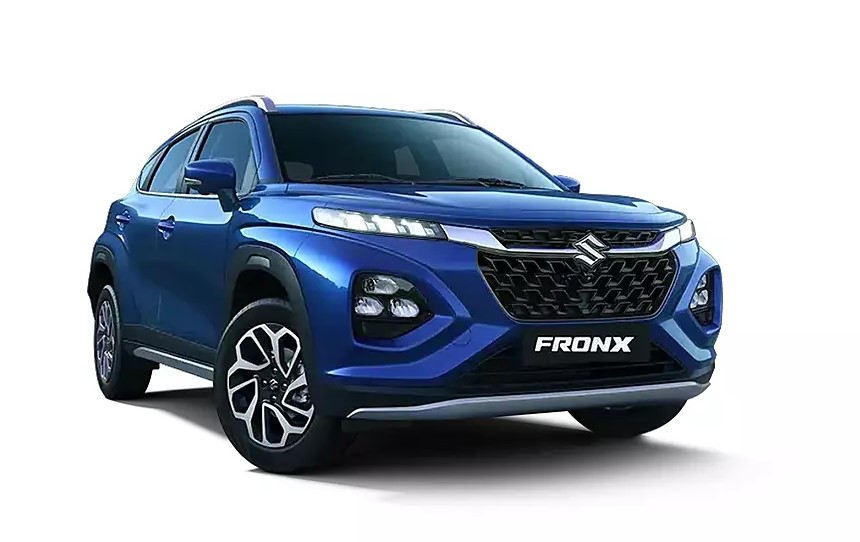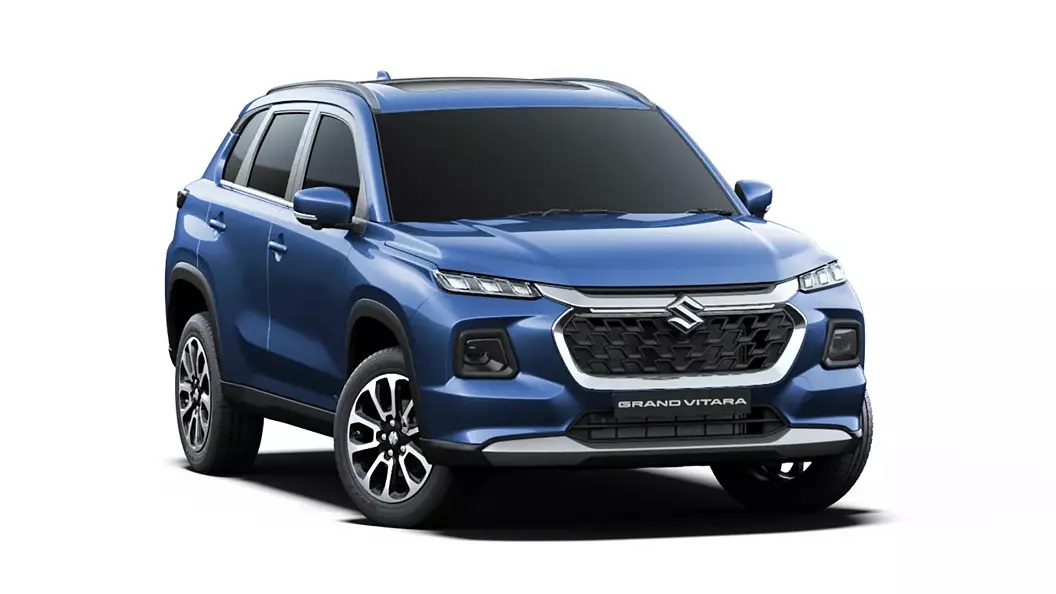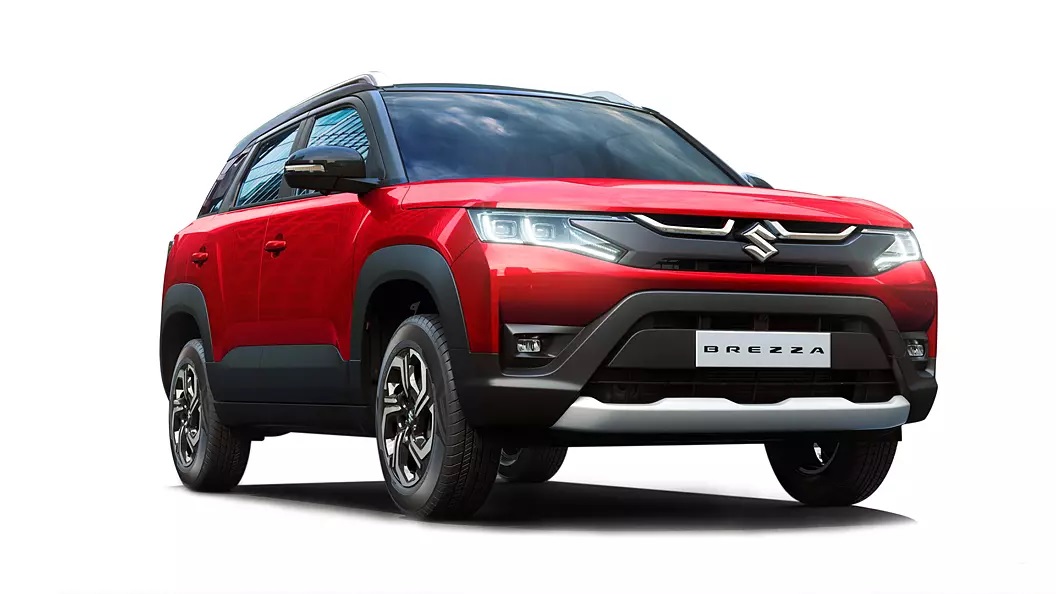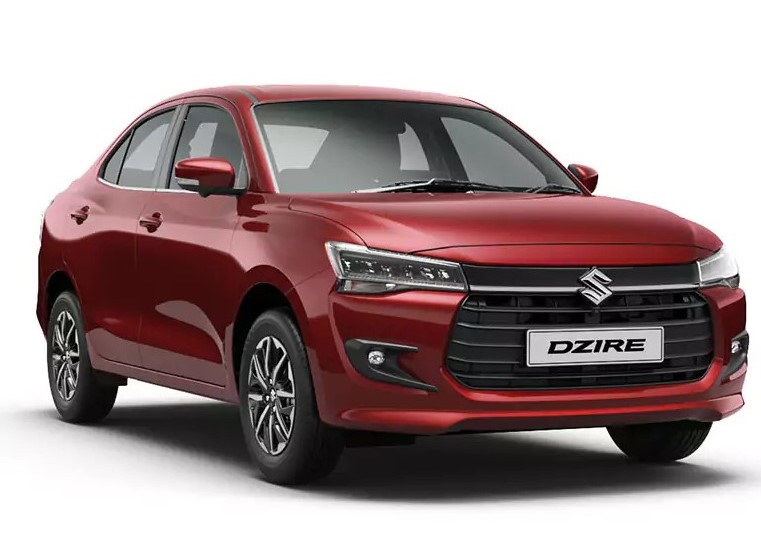Vehicle scrapping policy: Why scrap old vehicles, and how?
Vehicle scrapping policy: Why scrap old vehicles, and how?
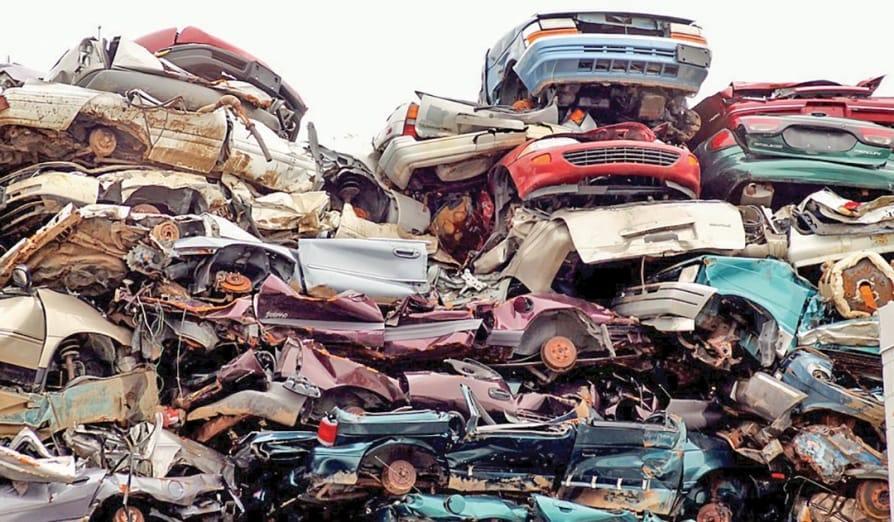
The Minister for Road Transport and Highways Nitin Gadkari announced India’s new vehicle scrapping policy in Parliament in March 2021. Also known as the Voluntary Vehicle Fleet Modernisation Programme, the new policy aims to create an eco-friendly automobile sector in the country.
It would eventually remove all the old and polluting vehicles from the road and would lead to reduced vehicle pollution. Prime Minister Narendra Modi reiterated the government’s vision to work towards a healthy environment. Speaking at the investor summit in Gujarat, he said that the government aims to create a viable circular economy and bring value for all stakeholders while being environmentally responsible.
As per the promulgated policy, commercial vehicles will have a stipulated life of 15 years and personal vehicles 20 years. The vehicles will have to be subjected to an automated fitness test subsequent to the completion of the said periodicity. Failing in the said test will make the vehicle unusable on the road. It would be the owner’s decision whether to scrap it or not.
This policy would help to ensure the safety of vehicles and reduced pollution. Although there are objections from different sections, it is observed to be the need of the hour.
How does it help in the production cycle?
As the prime minister stated, we are looking into a circular economy with the new vehicle scrapping policy in place. It would create a closed “circular” system with the materials from the scrapped vehicles being reused, refurbished, and recycled. Leading to increased productivity, reduced production costs, minimized usage of resources, preventing the accumulation of additional waste, reduction in pollution, and decreased carbon footprint.
A scrapped vehicle will have several components and metal that could be recycled. Some of the parts and accessories might be refurbished and put into use. This activity has been ongoing in the marine sector.
The Impact of Scrapping Policy
Data held with the Ministry of Road Transport and Highways indicates that the country has more than 51 lakh LMVs that are older than 20 years. Further, more than 34 lakh LMVs are older than 15 years. Medium and heavy vehicles that are on road, which are older than 15 years, but without a fitness certificate, are approximately 17 lakh.
Imagine the impact when all these vehicles are directed for automated tests and scrapping. It would be higher than the country can handle. Another factor that requires urgent attention is the setting up of testing and scrapping centers around the country.
Also Read: What is the New BH Series Registration Plates for Vehicles
The government is looking for investment to up the infrastructure for testing and scrapping. It is expected to generate an investment worth 10000 crores and around 35000 jobs, Nitin Gadkari said in parliament. The investor summit hinted at government support to entrepreneurs for establishing scrap centers.
Do You Need to Hurry for Testing and Scrapping?
It will happen in a phased manner beginning with commercial vehicles in April 2023. The government has to set up infrastructure for inspecting and scrapping vehicles across the country. Having a wide repercussion, it will not be an easy feat to achieve. Furthermore, the process has to be an unambiguous one to avoid conflicts and legal issues.
The government will roll out the policy specifications and regulations regarding the type of automated fitness centers, the qualifications to set up the same, and specifications of the scrapping yards. An environment-friendly system would have to be established to turn the policy healthy for the ecosystem. A haphazard system can do more damage than good.
The scrapping of personal vehicles is planned to commence in June 2024 in a phased manner. Various governmental departments are progressing the discussions in this direction presently. We are expecting a clear picture in a few months.
There would be some additional perks for those who scrap their vehicles. It may be tax rebates, additional discounts on the new car, or any other feature. The vehicle scrap certificate is presumed to be a beneficial one for the individual. It may also be possible to transfer the certificate to another person.
How Advantageous is the Vehicle Scrapping Policy for the Government?
Even though the scrapping policy is new to India, it is a globally pursued methodology. Many countries in Europe and the USA already have such systems in place. The scrapping policy offers several advantages to the government and the overall economy.
- Boost to economy
- Increased production in the automobile sector will prevent slow down
- All the associated sectors will register growth, leading to energizing of the production industry
- Eco-friendly method
Where will the Fitness and Scrap Centers be?
The government is expecting at least one fitness center in each of the districts. So that the owners do not have to travel to another district just for testing the vehicle. The fitness centers are planned to be in the city centers. And the number of the centers would depend on the number of vehicle accumulation in the specific region. More the number of vehicles, more fitness and scrap centers.
With this new scrap policy in place, the country would be taking a giant leap towards development and a prominent eco-friendly transport system.

